- contact@laparoscopyadvice.com
- General Practice Hospital, G-9/2 Islamabad
- Mon - Fri: 10:00 am - 7:00 pm
Visiting Hours
| Mon - Fri: | 8:00 am - 8:00 pm |
| Saturday: | 9:00 am - 6:00 pm |
| Sunday: | 9:00 am - 6:00 pm |
Gallery Posts
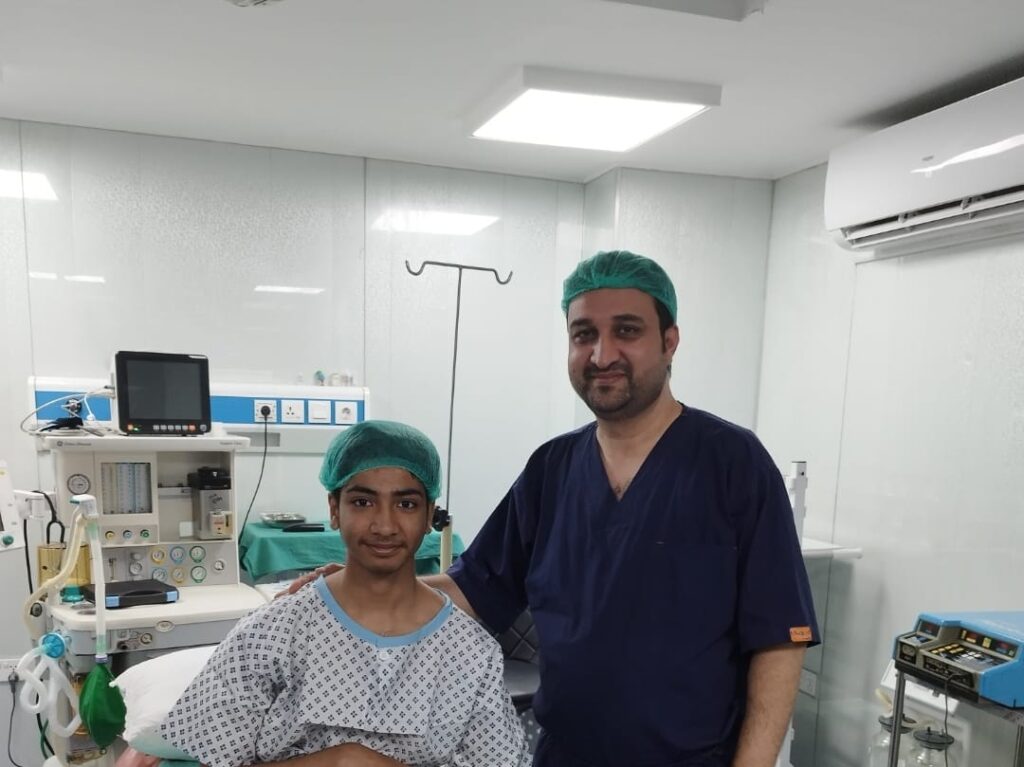
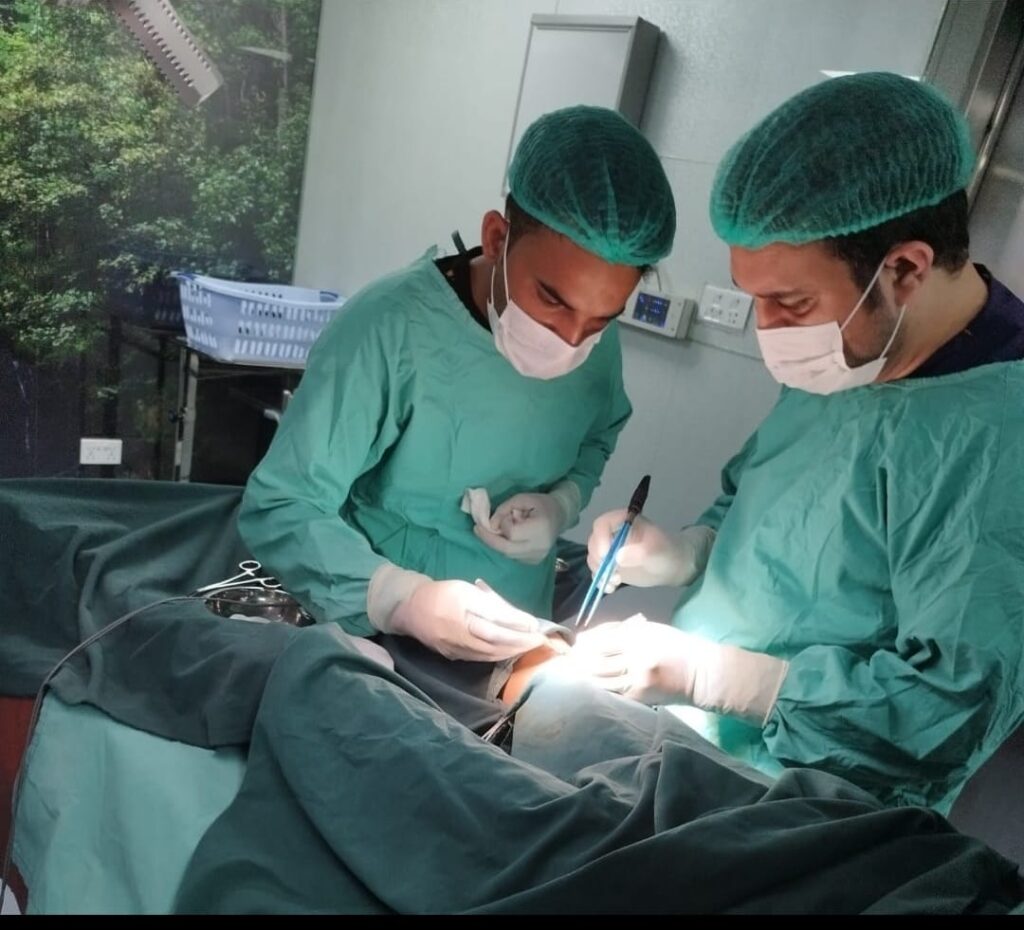
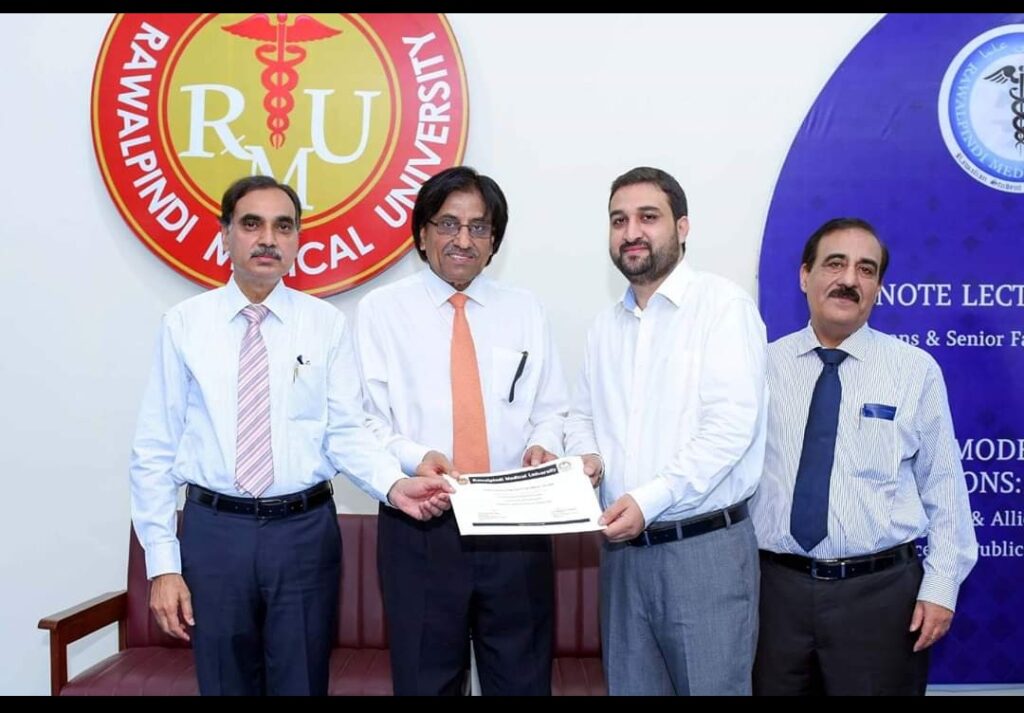
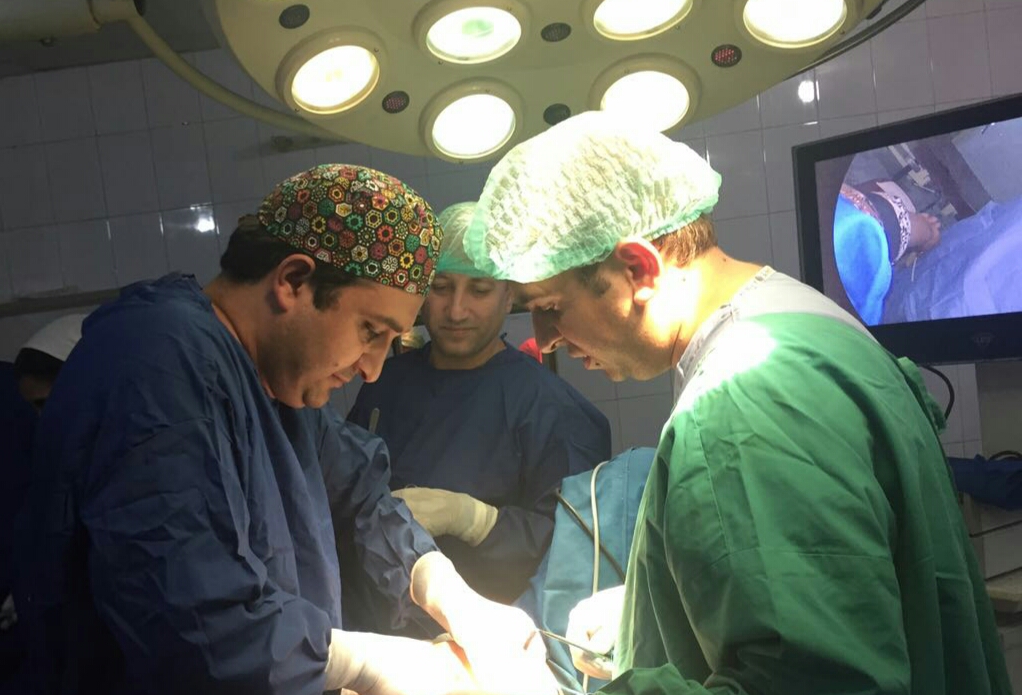
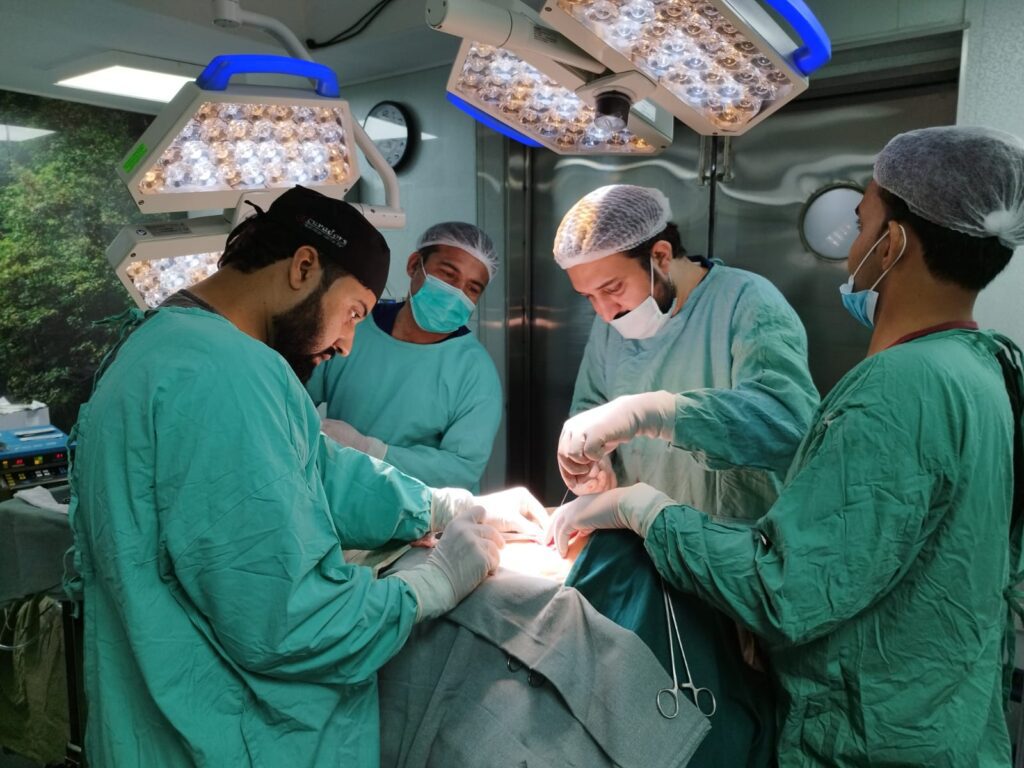

| Mon - Fri: | 8:00 am - 8:00 pm |
| Saturday: | 9:00 am - 6:00 pm |
| Sunday: | 9:00 am - 6:00 pm |






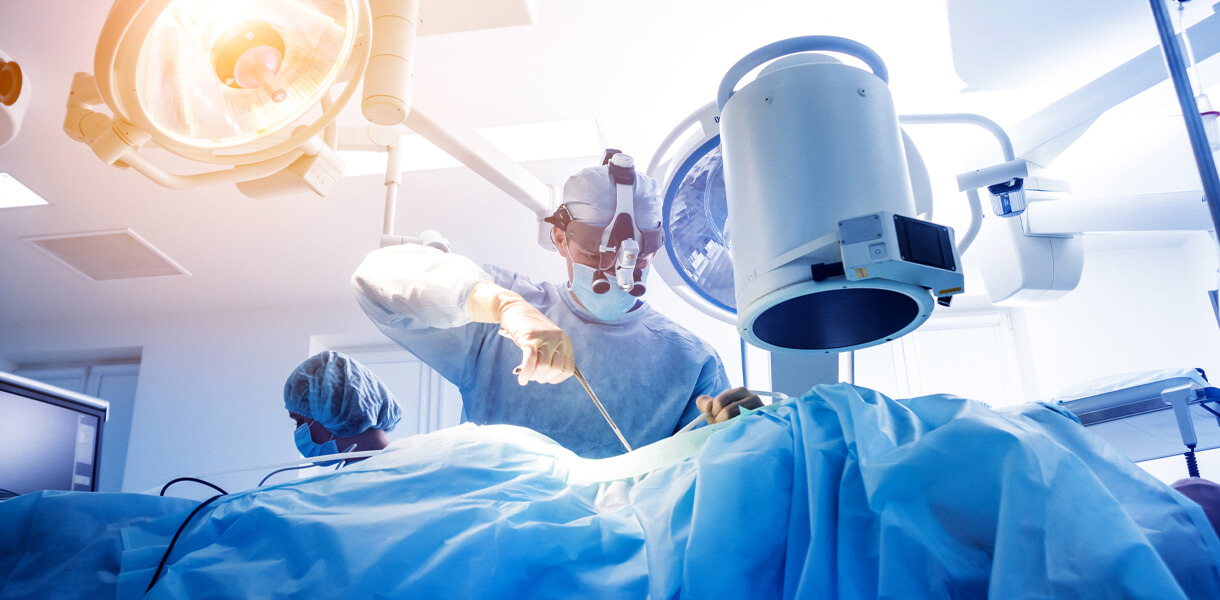
Introduction
Hemorrhagic cysts, though often benign, are distinctive cystic growths that can cause discomfort and concern. This article aims to provide a comprehensive understanding of hemorrhagic cysts, emphasizing the importance of awareness, early diagnosis, and appropriate management.


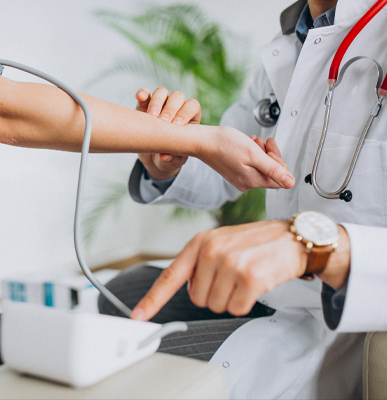
Variations in Symptoms Based on the Size and Location of the Cyst
The symptoms of hemorrhagic cysts can vary based on factors such as the size and location of the cyst. Understanding these variations assists healthcare professionals in tailoring appropriate diagnostic and treatment plans.
Diagnosis
Accurate diagnosis of hemorrhagic cysts involves a combination of clinical evaluation and imaging studies.
The Role of Imaging Studies and Clinical Evaluation
Imaging studies, such as ultrasound or MRI, play a key role in identifying hemorrhagic cysts. Clinical evaluation further guides healthcare professionals in determining the appropriate course of action.
Treatment Options
The management of hemorrhagic cysts may involve different approaches, depending on the size, symptoms, and associated complications.
Considerations for Pain Management, Surgical Intervention, and Monitoring
Pain management strategies, surgical intervention in certain cases, and regular monitoring are part of the spectrum of treatment options for hemorrhagic cysts.
## **Impact on Health and Quality of Life**
While hemorrhagic cysts are often benign, they can have implications for health and quality of life, particularly if they cause symptoms or complications.
Coping Mechanisms and Support Systems
Understanding the potential impact of hemorrhagic cysts and having support systems in place contribute to a holistic approach to managing these growths.
## **Prevention Strategies**
While hemorrhagic cysts may not always be preventable, adopting a healthy lifestyle may contribute to overall well-being and reduce the risk of complications.
Lifestyle Recommendations for Reducing the Risk of Hemorrhagic Cysts
Maintaining overall health through a balanced diet, regular exercise, and stress management contributes to general well-being and may reduce the likelihood of cyst development.
Frequently Asked Questions (FAQs)
Can hemorrhagic cysts go away on their own?
Hemorrhagic cysts often resolve on their own, especially if they are associated with the normal menstrual cycle. However, persistent or symptomatic cysts may require medical intervention.
1.Do all hemorrhagic cysts cause pain?
Not all hemorrhagic cysts cause pain. The presence of symptoms depends on factors such as the size, location, and whether there is bleeding or rupture.
3.Are hemorrhagic cysts common during pregnancy?
Hemorrhagic cysts are less common during pregnancy but can still occur. Pregnancy-related changes can influence the development and behavior of cysts.
4.Is surgical intervention always necessary for hemorrhagic cysts?
Surgical intervention is not always necessary. Small, asymptomatic cysts may be monitored, while larger or symptomatic cysts may require surgical removal.
Can lifestyle changes prevent hemorrhagic cysts?
While lifestyle changes may contribute to overall health, there is no guaranteed way to prevent hemorrhagic cysts. Regular check-ups and awareness of symptoms are crucial for early detection and management.
Conclusion
;
In conclusion, hemorrhagic cysts, though often benign, require careful understanding and management to ensure optimal health and well-being. Awareness of symptoms, early diagnosis, and appropriate medical guidance contribute to effective care and a proactive approach to health.
| Mon - Fri: | 9:00 am - 7:00 pm |
| Saturday - Sunday: | Off |
Copyright 2023 Adil's Laparoscopy World | Powered by Dynaamx